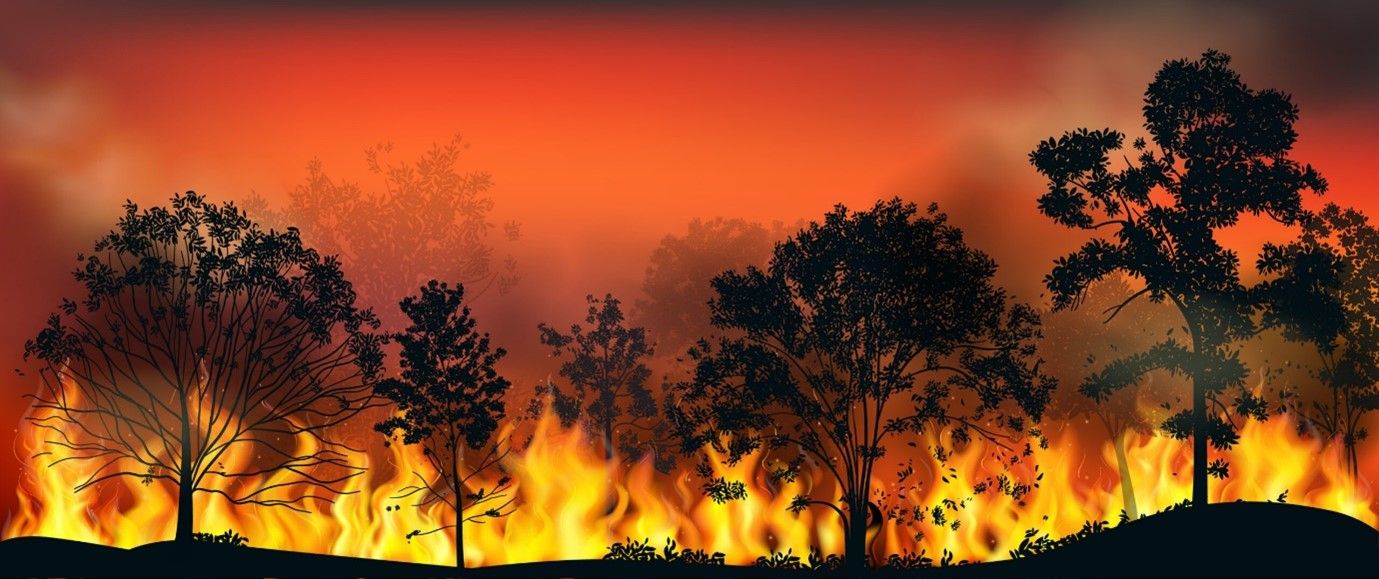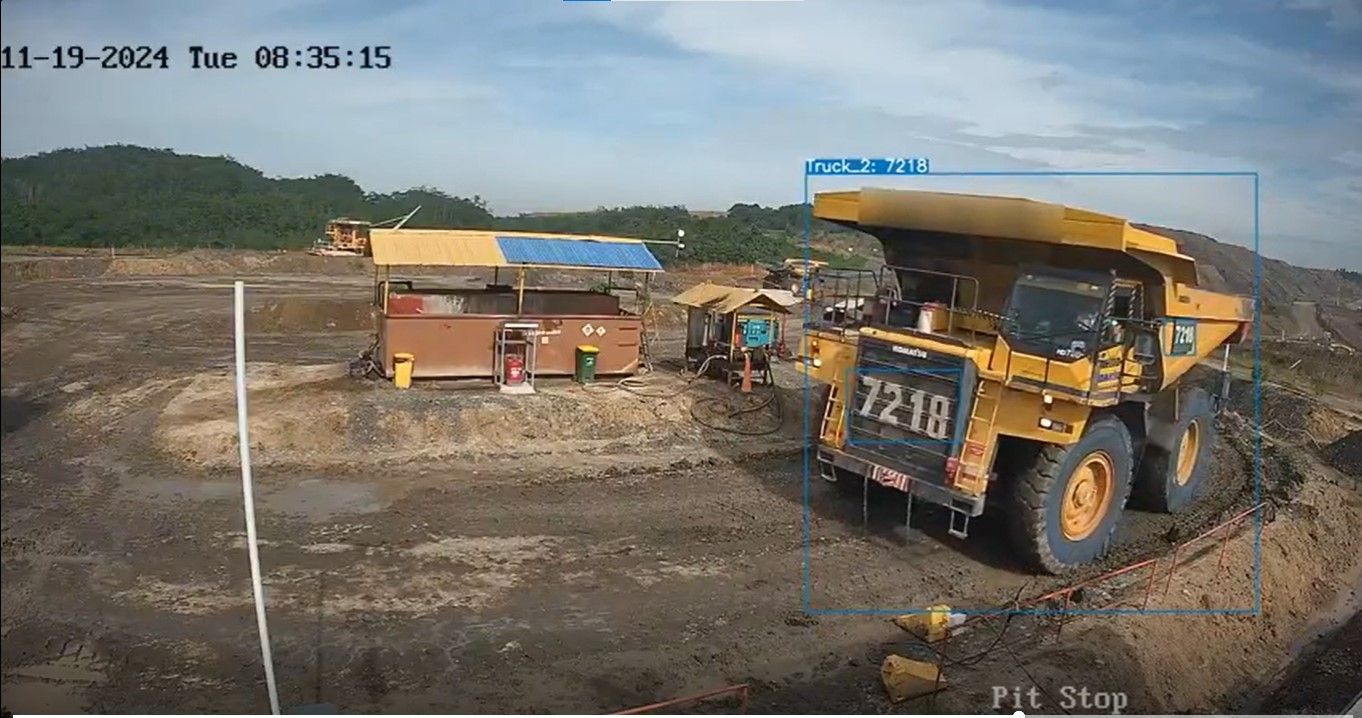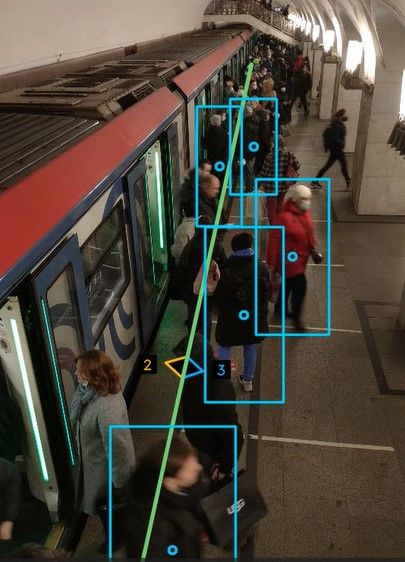AI Fire Detection: Catching Real Fire Events Before Disaster Strikes
Every second counts when it comes to fire safety. While traditional fire detection systems—such as smoke detectors, heat sensors, and manual alarms—have saved countless lives, they often have limitations.
Every second counts when it comes to fire safety. While traditional fire detection systems—such as smoke detectors, heat sensors, and manual alarms—have saved countless lives, they often have limitations. These conventional systems typically react only after smoke or heat reaches a sensor, which can be minutes after a fire has already started. During this critical delay, a small fire can quickly escalate into a major disaster.
This is where an advanced AI fire detector makes a significant difference. By analyzing real-time video feeds and sensor data, AI detectors can identify flames and smoke at the earliest stages of a fire. This rapid detection enables immediate alerts to safety personnel, allowing for faster response times. Using AI detectors not only improves fire safety but also helps minimize property damage and reduce the risk of catastrophic events, especially in high-risk industrial environments.
How AI Enhances Fire Detection
AI fire detection systems leverage machine learning and computer vision technologies to improve accuracy and reduce false alarms. By training algorithms on vast datasets of fire-related images and videos, these systems learn to distinguish between actual fire events and benign activities, such as steam or dust. This capability is particularly beneficial in environments where false alarms can lead to unnecessary evacuations and resource allocation.
Moreover, AI fire detectors can adapt to different environments, whether it’s a bustling factory floor or a quiet office building. They can analyze the unique characteristics of each setting, adjusting their detection parameters accordingly. This flexibility ensures that fire detection is not a one-size-fits-all solution but rather a tailored approach that meets the specific needs of various industries.
Real-World Applications: Where AI Catches Fire Early
1. Industrial Facilities and Manufacturing
Factories and warehouses are high-risk zones for fire due to heavy machinery and flammable materials. AI fire detector systems monitor production lines and storage areas, instantly detecting smoke or flames and alerting operators before fires escalate. This early warning helps prevent costly damage and downtime.
2. Wildfire Detection and Environmental Monitoring
Wildfires pose a growing threat globally. AI-powered surveillance cameras placed in forests and urban-wildland interfaces analyze imagery to detect smoke plumes and heat signatures. These systems provide early alerts to firefighting agencies, enabling faster containment and reducing the devastating impact of wildfires.
3. Commercial Kitchens and Hospitality
Grease fires in kitchens can spread quickly. AI vision systems identify flame flickers and smoke patterns in commercial kitchens, often faster than traditional detectors. This allows staff to respond promptly, preventing larger fires and ensuring guest safety.
4. Smart Cities and Public Spaces
AI fire detection is increasingly integrated into smart city infrastructure, monitoring transportation hubs, stadiums, and public buildings. By providing continuous, automated surveillance, AI enhances public safety and supports emergency response teams with precise data.
See also: Enhancing Modern Retail with Real-Time Crowd Heatmaps
Advantages of AI Fire Detectors
Early Fire Detection: AI fire detectors recognize fire hazards within seconds, far faster than conventional sensors. Reduced False Alarms: AI accurately differentiates real fire threats from false positives like steam or dust. Comprehensive Coverage: Monitors large, complex environments, including blind spots. Seamless Integration: Easily integrates with existing camera and security infrastructure, reducing costs. Real-Time Alerts: Sends instant notifications via SMS, email, or communication platforms for prompt action.
Challenges and Future Directions
While the AI fire detector technology is highly effective, several challenges remain. Environmental factors such as heavy fog, smoke density, or physical obstructions can affect camera visibility and detection accuracy. Additionally, data privacy and regulatory compliance must be carefully managed when deploying video surveillance systems that include AI fire detectors. Continuous model training and regular system maintenance are also essential to sustain high accuracy and adapt to changing environments.
Looking ahead, AI fire detectors will increasingly integrate with IoT devices, drones, and predictive analytics to not only detect fires but also anticipate fire risks before they occur. The adoption of edge AI will become standard practice, enabling faster, more secure processing closer to the source and enhancing overall fire safety.
AI is transforming fire detection from a reactive process to a preventive, real-time safety measure. By analyzing visual and thermal data faster than humans, AI systems are already stopping fires before they spread—saving property, wildlife, and lives.
With AssistX Vision, you’re not just reacting to fires, you’re staying one step ahead, protecting people, property, and peace of mind.
Ready to future-proof your fire safety strategy? Explore how real fire events caught by AI, powered by platforms like AssistX Vision, can transform your approach to risk management and emergency response.


